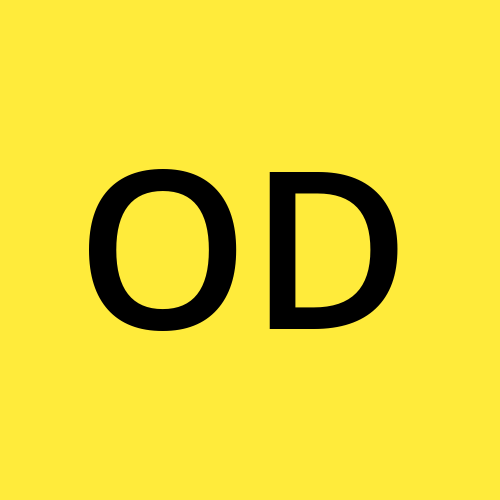Finding Your Way in the World of UI/UX Design: Using Don Norman's Advice to Create a Meaningful Career
 Oluwatobi Disu
Oluwatobi Disu
In the digital age, user experience (UX) and user interface (UI) design have emerged as indispensable facets of the tech industry. As we interact with an ever-growing array of digital products and services, the importance of effective UI/UX design cannot be overstated. In this article, we'll delve into the fascinating world of UI/UX design, exploring the insights from Don Norman's influential work, the path to becoming a UI/UX designer, the design thinking process, crafting a compelling UX portfolio, and the lucrative earning potential in this field.
Don Norman's UX Study: The Foundation of Modern UI/UX Design
Don Norman, a cognitive scientist, and usability engineer, made groundbreaking contributions to the field of UX design. In his seminal book, "The Design of Everyday Things," Norman introduced the concept of "user-centered design," emphasizing the importance of creating products that are intuitive and user-friendly. His insights into the psychology of human interaction with technology laid the foundation for modern UI/UX design principles.
Norman's key principles include:
Affordances: Objects or elements should intuitively suggest their function or use. For instance, a button should look like something you can press.
Feedback: Users need clear and immediate feedback on their actions to understand the system's response.
Mapping: The relationship between controls and their actions should be logical and easy to understand.
Constraints: Design should include physical or logical constraints to prevent users from making errors.
Understanding and applying these principles is fundamental for any aspiring UI/UX designer.
Becoming a UI/UX Designer: The Journey
Becoming a UI/UX designer is an exciting and rewarding journey that involves a blend of skills, knowledge, and experience. Here are the steps to embark on this career path:
1. Education and Training
Start by acquiring a solid foundation in design, psychology, or a related field. Many universities and online courses offer programs specifically tailored to UI/UX design. Consider pursuing a degree or taking courses that cover design principles, user research, and usability testing.
2. Building a Strong Skill Set
UI/UX designers need a diverse skill set, including:
Design Tools: Master design tools like Adobe XD, Sketch, Figma, or InVision.
User Research: Learn how to conduct user interviews, surveys, and usability tests.
Information Architecture: Understand how to structure and organize information effectively.
Interaction Design: Create intuitive and engaging user interfaces.
Prototyping: Build interactive prototypes to test designs.
3. The Design Thinking Process
The design thinking process is a structured approach to problem-solving that is central to UI/UX design. It involves five key stages:
Empathize: Understand the user's needs, goals, and pain points.
Define: Clearly define the problem you're solving.
Ideate: Brainstorm and generate creative solutions.
Prototype: Create a tangible representation of your design.
Test: Gather feedback and iterate on your design based on user input.
4. Building a UX Portfolio
A strong UX portfolio is your ticket to landing your dream job. Showcase your skills and projects that demonstrate your ability to solve real-world design challenges. Include case studies that highlight your process, from research to final design, and emphasize the impact of your work on user experiences.
5. Salary Expectations
UI/UX design is a lucrative field. The salary can vary based on factors such as location, experience, and the size of the company. Entry-level designers can expect to earn around $60,000 to $80,000 annually, while experienced professionals in major tech hubs can command six-figure salaries.
UI/UX design is not just about creating aesthetically pleasing interfaces; it's about crafting experiences that users love and find easy to use. Don Norman's insights and the design thinking process are invaluable tools for aspiring designers. By following a structured educational path, honing essential skills, and building a compelling portfolio, you can embark on a fulfilling career in UI/UX design, contributing to the ever-evolving landscape of digital experiences. Moreover, the potential for a rewarding salary makes this profession all the more enticing for those with a passion for creating user-centric solutions.
Subscribe to my newsletter
Read articles from Oluwatobi Disu directly inside your inbox. Subscribe to the newsletter, and don't miss out.
Written by
